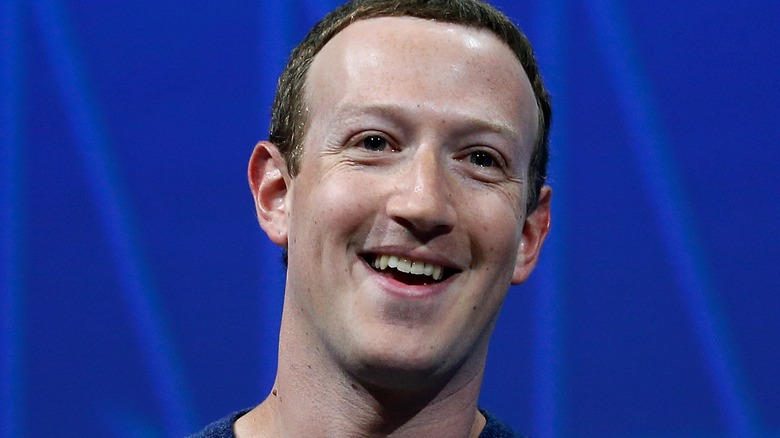
Mark Zuckerberg, the co-founder and CEO of Meta, has cultivated a public image that is, in many ways, defined by a singular choice: his unwavering commitment to a simple gray T-shirt, typically paired with jeans and running shoes. This distinctive ensemble has become almost as recognizable as the iconic logos of the companies he oversees, sparking widespread curiosity and discussion. It’s a habit that, at face value, might appear to be a mere quirk or a lack of interest in fashion, particularly for a billionaire in the global spotlight. However, to interpret it so simply would be to miss a profound strategic decision that underscores a deeper philosophy.
Far from being a casual oversight, Zuckerberg’s consistent attire is, in fact, a deliberate and calculated strategy aimed at optimizing his daily life and professional performance. This choice reflects a broader revolution in how highly successful individuals approach everyday decisions, seeking to streamline their routines to maximize their mental resources. It’s a testament to the idea that even the most seemingly trivial choices can have a significant impact on one’s ability to focus on what truly matters.
This article will delve deeply into the multifaceted reasons behind Mark Zuckerberg’s signature look, exploring the psychological underpinnings, the practical implications, and the broader cultural shifts it represents. We will uncover how this seemingly simple wardrobe decision is intricately linked to productivity, personal branding, and a minimalist philosophy embraced by many influential figures across various fields.
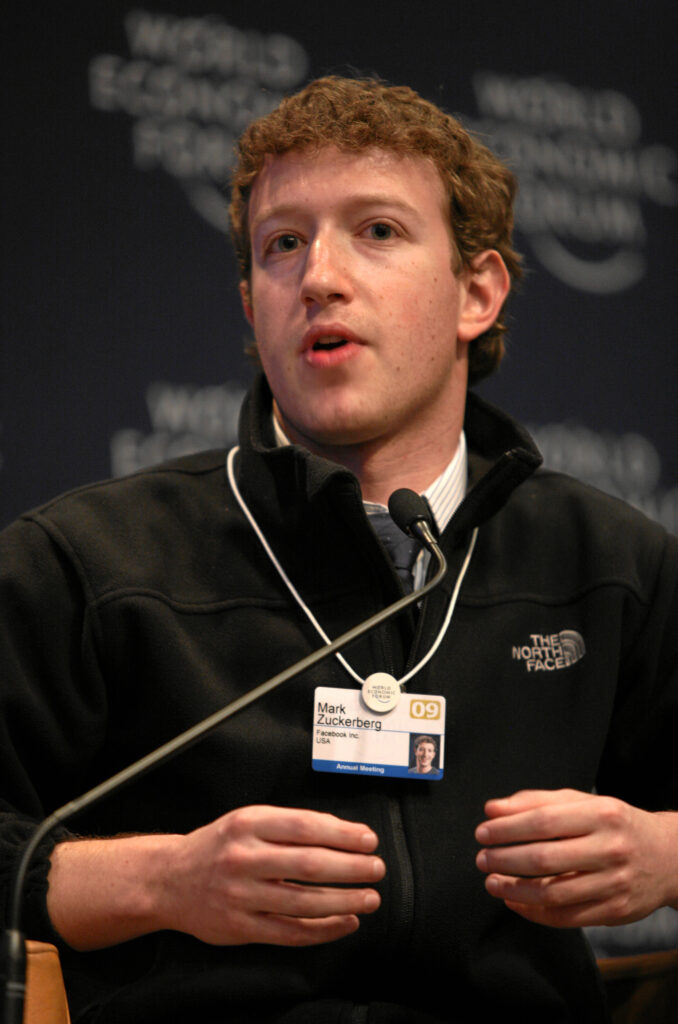
1. **The Genesis of the Gray Tee: Minimizing Decision Fatigue**At the core of Mark Zuckerberg’s repetitive wardrobe choice lies a clear and articulate rationale, one he has publicly shared to demystify his habit. When questioned about his preference for the same gray T-shirt, the Meta CEO explained, “I really want to clear my life so that I have to make as few decisions as possible, other than how to best serve this community.” For Zuckerberg, clothing isn’t about making a statement; it’s a strategic tool for conserving mental energy, allowing him to dedicate his cognitive resources to the more critical challenges of leading a global technology company.
This principle is rooted in a well-documented psychological phenomenon known as decision fatigue. Psychologists describe decision fatigue as the diminishing quality of decision-making after an extended period of making choices. Every day, adults are faced with thousands of decisions—from what to eat and when to wake up, to which route to take and, notably, what to wear. Each of these choices, no matter how small, consumes mental energy, much like a phone battery gradually running low. As the day progresses and more decisions are made, mental resources become less efficient, making subsequent choices harder and more susceptible to error.
By automating the choice of what to wear, Zuckerberg effectively sidesteps an entire category of daily decisions. This small but significant simplification helps block unnecessary mental exhaustion, allowing him to preserve his cognitive load. This proactive approach ensures that when he encounters complex strategic challenges or critical leadership decisions, his mental faculties are fresh and optimally prepared, rather than already depleted by minor, routine choices.
His reasoning extends beyond mere clothing. Zuckerberg’s adherence to this principle is consistent with his broader philosophy, which he also applied to the design of Facebook itself. He once mentioned, “My goal was never to make Facebook cool. I’m not a cool person, and I’ve never really tried to be cool.” This statement underscores a consistent pattern of prioritizing function and purpose over superficial appeal, whether in product development or personal habits. It emphasizes a deliberate focus on what he deems truly important for his mission and his community, minimizing distractions from less impactful choices.
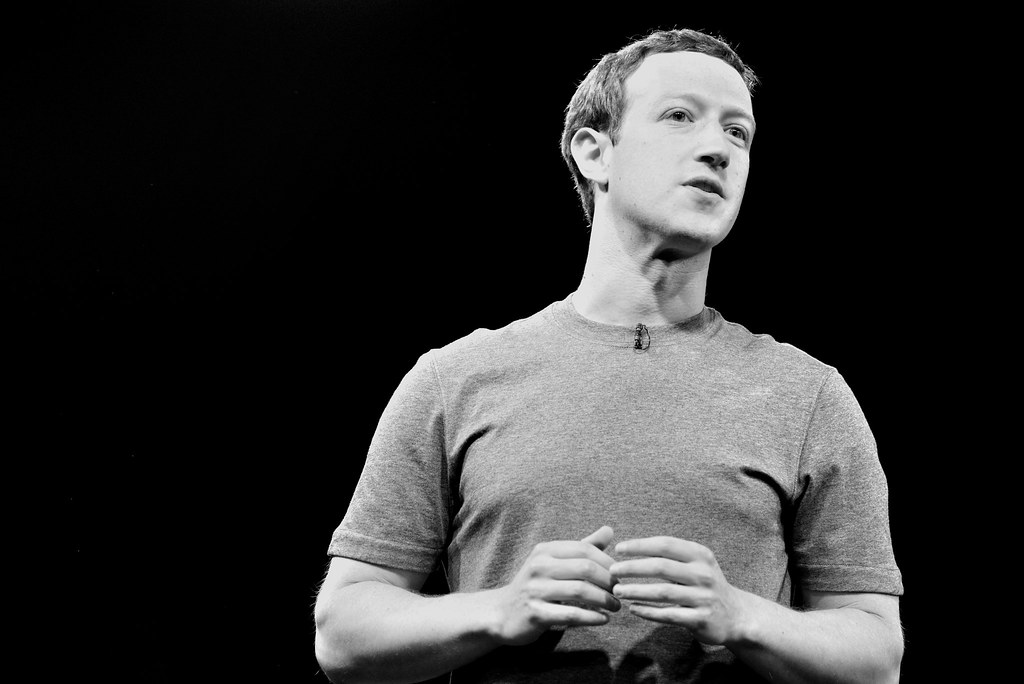
2. **A Shared Philosophy: The “Work Uniform” Trend Among Elite Leaders**Mark Zuckerberg’s adoption of a consistent daily outfit is far from an isolated practice; it represents a notable trend among highly successful and influential figures across various sectors. This strategic approach to wardrobe management is increasingly prevalent, not just in the tech industry but also in politics and even fields traditionally associated with fashion. These leaders understand the psychological burden of too many options and consciously opt for simplicity to maximize their most valuable asset: their attention and decision-making capacity.
Perhaps the most famous proponent of this ‘work uniform’ strategy before Zuckerberg was Steve Jobs. Almost all public images of Jobs show him in his iconic black turtleneck, blue jeans, and New Balance sneakers. This consistent ensemble was a deliberate choice, intended to simplify his morning routine and free up mental energy. His unwavering adherence to this look reinforced his image as a focused visionary, unburdened by the fleeting demands of fashion.
Another prominent example is former U.S. President Barack Obama, who openly preferred to wear only blue or gray suits. Obama consciously avoided a wider array of style choices, explaining that this allowed him to conserve his decision-making abilities for matters of state. The sheer volume of critical choices facing a world leader necessitated eliminating any unnecessary cognitive drain, even from something as seemingly minor as selecting an outfit for the day.
Even Albert Einstein, a paragon of intellectual focus, reportedly bought multiple versions of his suits. He, too, sidestepped fashion choices in favor of maximizing his mental concentration on scientific endeavors. These historical and contemporary examples illustrate a shared understanding among these disparate figures: that the cognitive effort expended on trivial decisions can detract from the mental capacity required for groundbreaking work or critical leadership. Their consistent attire became a visible manifestation of their commitment to deep focus and intellectual productivity.
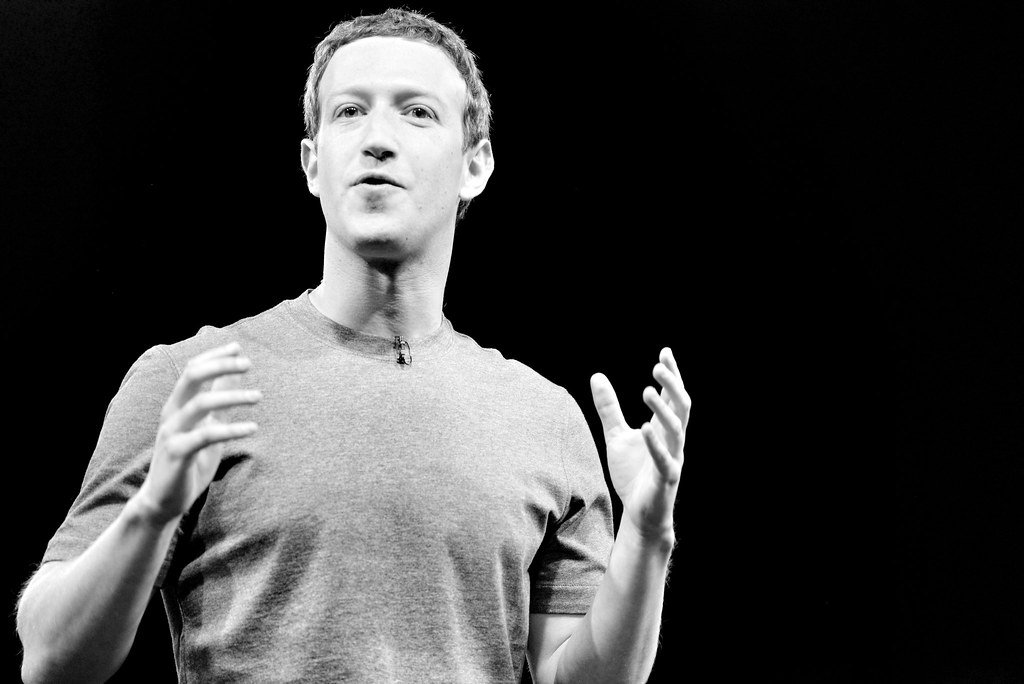
3. **Beyond Appearances: The Practicality of a Consistent Wardrobe**While the psychological benefits of Zuckerberg’s consistent wardrobe are well-articulated, critics have sometimes questioned its practicality. One common argument suggests that continually re-purchasing the same clothing items might lead to increased expenses. This perspective, however, often overlooks the broader economic and practical advantages inherent in adopting a uniform style.
Experts who have examined this approach argue that Zuckerberg likely isn’t spending any more money than an average individual, and potentially even less. By committing to fewer, identical pieces, he can often buy in bulk, which can lead to cost savings. Furthermore, a simplified wardrobe means fewer overall items are needed, reducing the cumulative expenditure on diverse fashion trends and impulse purchases that many people routinely make.
Investing in quality pieces, even if they are simple, contributes to both cost-effectiveness and a polished appearance. With fewer items in rotation, Zuckerberg can choose better fabrics and fits, which helps create a premium look and ensures comfort. The “uniform look” becomes sharp yet comfortable, allowing him to maintain a professional and respectable appearance without the constant churn of a varied fashion wardrobe. This focus on durability and timelessness means items last longer and can be easily replaced or repaired when necessary, further enhancing the practical value of his choice.
It is also worth noting that Zuckerberg’s commitment to his signature outfit is not absolute in every scenario. The context acknowledges that he does sometimes wear a suit and a tie, specifically when giving speeches or representing Facebook (now Meta) in highly formal capacities. However, these instances are exceptions that prove the rule; aside from such specific engagements, his signature gray tee, hoodie, and jeans combination remains his steadfast choice, underscoring its role as his everyday work uniform.
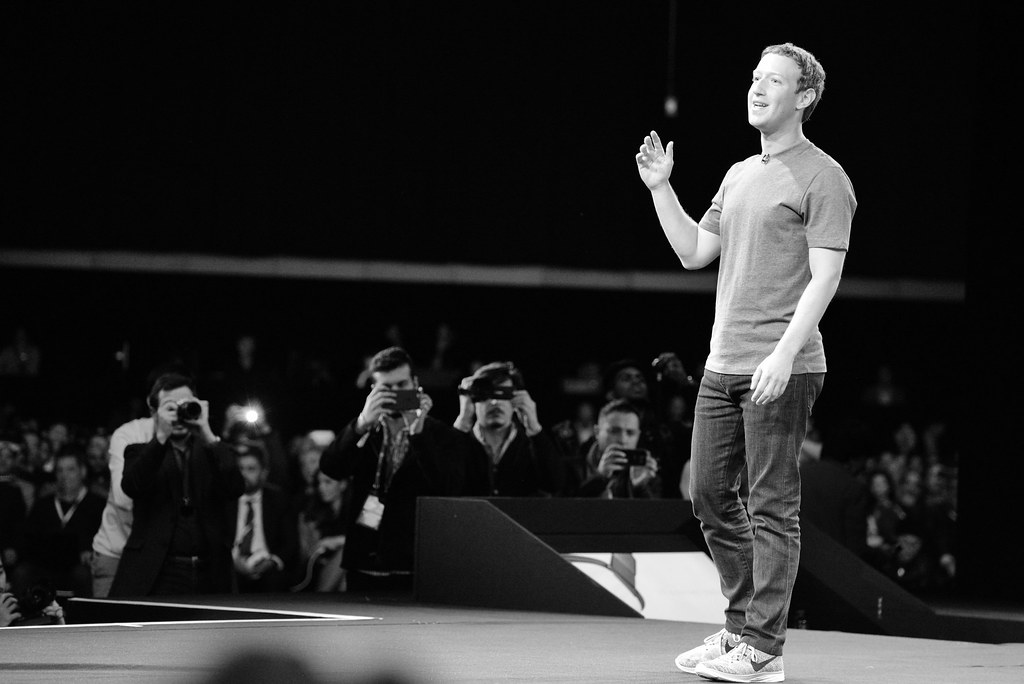
4. **Crafting an Image: Impact on Personal Branding and Public Perception**Mark Zuckerberg’s consistent attire has transcended mere practicality and become a powerful element of his personal brand. His plain gray T-shirt, hoodie, and jeans combination are almost as recognizable and iconic as the slogans or products of major global brands. This uniformity, initially rooted in decision-making efficiency, has strategically contributed to how he is perceived by the public, employees, and the broader tech community.
The choice to wear a gray T-shirt daily, often paired with casual elements, projects an accessible and relatable figure within the highly complex and often intimidating tech industry. In an environment that increasingly values innovation and authenticity over traditional corporate formality, Zuckerberg’s style reinforces a down-to-earth persona. This aligns perfectly with the tech sector’s casual culture, where comfort and creativity often take precedence over strict dress codes, fostering an image of a leader who is more focused on ideas than on appearances.
This consistent look helps build trust and fosters a solid, recognizable brand as a leader. Audiences often respond positively to leaders who exhibit authenticity, and Zuckerberg’s unpretentious style plays a crucial role in building that perception. By presenting himself consistently, he creates a clear narrative that resonates with employees and stakeholders, promoting a cohesive company culture where substance is prioritized over superficiality. His uniform fosters a sense of unity within the tech community, positioning him as an approachable figure despite his immense wealth and influence.
Moreover, his attire contributes to a narrative of unwavering focus and commitment to his work. It demonstrates his dedication to simplicity and prioritizing the more important things over trivial details. This visible consistency in dress has become a subtle yet powerful statement, conveying that he is grounded and maintains a singular vision, thereby enhancing his credibility and impact as a leader in the fast-paced and ever-evolving world of technology.
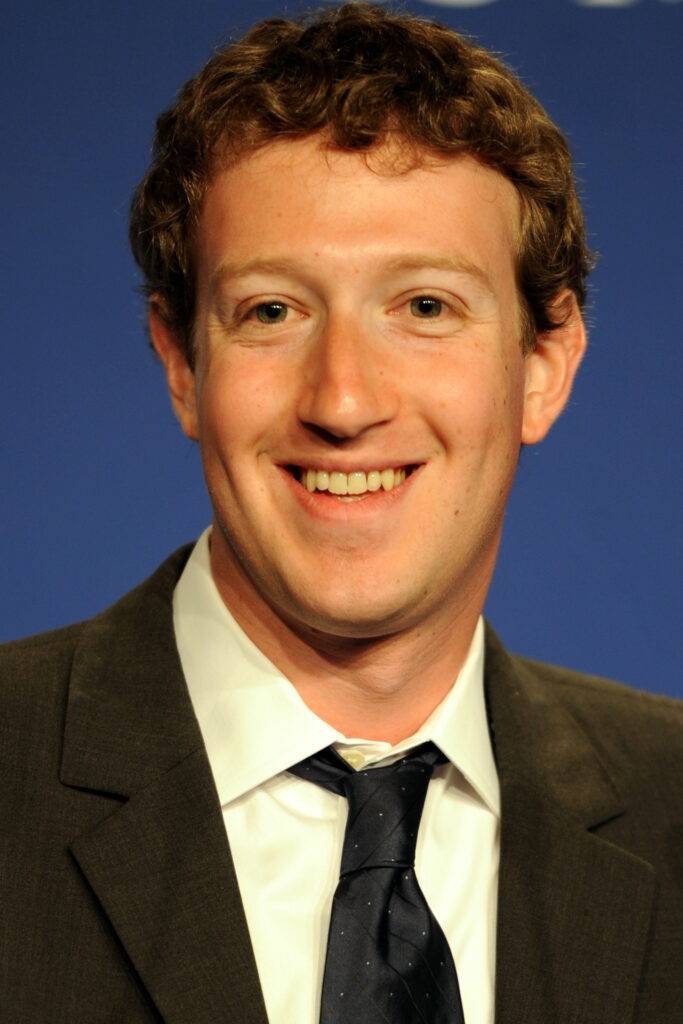
5. **A Broader Movement: Minimalism and its Cultural Resonance**Mark Zuckerberg’s sartorial consistency also resonates deeply with a broader cultural phenomenon: the growing appreciation for minimalism in modern life. Minimalism, as a philosophy, emphasizes simplicity in various aspects of life, from home design and consumption habits to personal wardrobes. By adopting a straightforward and unchanging wardrobe, Zuckerberg aligns with this philosophy, which advocates for reducing distractions and streamlining choices to enhance overall focus and productivity.
This movement has gained significant traction among many individuals who grapple with the overwhelming number of choices presented in daily life. In an era of constant consumerism and information overload, the minimalist approach offers a powerful counter-narrative, suggesting that less can indeed be more. For those seeking to reduce stress and increase clarity, embracing a simpler lifestyle, including wardrobe choices, becomes an appealing and practical option.
Zuckerberg’s minimalist wardrobe provides a tangible example of how simplifying external choices can free up internal mental space. It showcases how reducing distractions in one’s environment can lead to enhanced focus and clarity in professional and personal life. His approach is not merely about convenience; it’s a lifestyle choice that echoes the desire of many to declutter their lives and prioritize what truly matters.
The popularity of minimalism is further amplified by celebrities and influencers who embrace it, often reporting increased clarity, reduced stress, and greater intentionality in their lives. Zuckerberg’s adherence to this philosophy, therefore, isn’t just a personal preference but a reflection of and a contribution to a significant cultural shift. It highlights how thoughtful simplification, even in seemingly minor areas like clothing, can have profound positive impacts on one’s daily well-being and professional effectiveness.
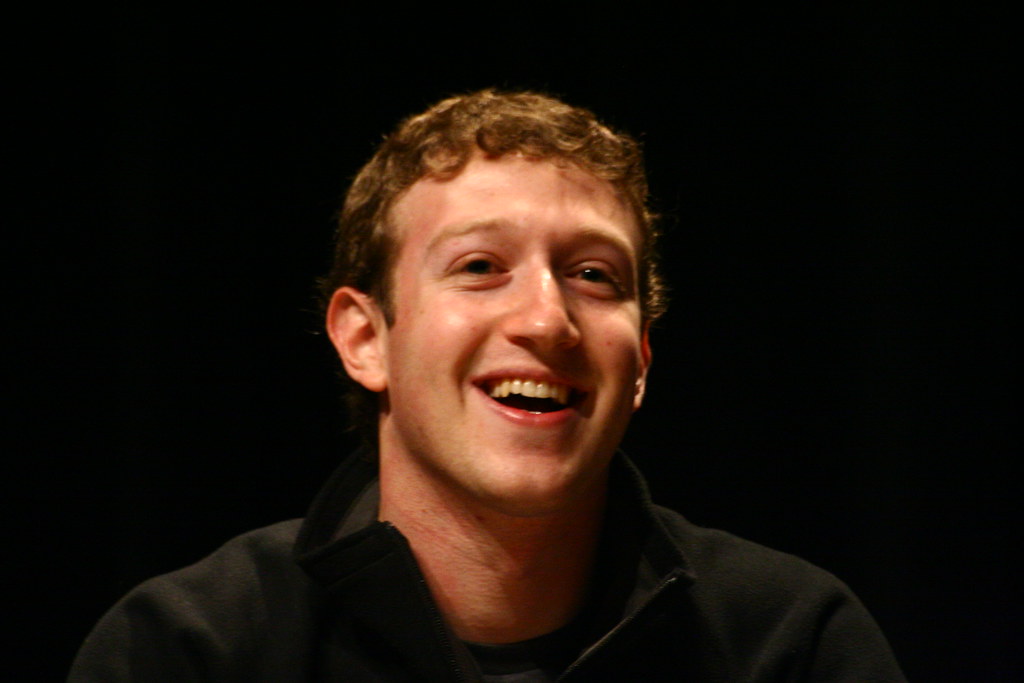
6. **Reshaping Tech Industry Fashion Norms: A New Paradigm of Professionalism**Mark Zuckerberg’s consistent attire transcends mere personal preference; it fundamentally reshapes the understanding of professionalism and fashion within the tech industry. His uniform of a gray T-shirt, jeans, and sneakers represents a tangible shift, signaling a departure from traditional corporate sartorial expectations. This relaxed style has inadvertently fostered a culture where innovation and substantive contribution are prioritized over conventional formality, influencing how the tech sector perceives and presents itself.
This aesthetic choice stands in stark contrast to the stringent business attire that once defined corporate environments. Instead, Zuckerberg’s approach promotes an ethos where comfort and functionality are paramount, creating an environment more conducive to creative thought and intense problem-solving. It underscores the belief that attire should facilitate, rather than hinder, the rigorous demands of technological advancement and collaborative work.
The influence of this style extends beyond Zuckerberg himself, resonating throughout Silicon Valley and beyond. Companies such as Apple and Google have similarly embraced more relaxed dress codes, actively encouraging employees to express themselves while fostering a culture of innovation. This collective adoption suggests a broader industry-wide recognition that rigid dress codes can impede the very creativity and collaboration vital for progress.
Ultimately, Zuckerberg’s wardrobe choice plays a crucial role in shaping the identity of the tech sector. It communicates a distinct message: that this industry values intellect, ingenuity, and results above all else. This emphasis on substance over superficiality helps define the sector as one deeply committed to progress and collaboration, setting a new paradigm for what professional attire can signify in a rapidly evolving global economy.

7. **The Deeper Symbolism of the Outfit: Beyond the Superficial**Far from being a sign of indifference, Zuckerberg’s choice of a non-flashy, yet respectable, daily uniform carries profound symbolic weight. His attire suggests a deliberate detachment from the superficial trappings of immense wealth and success, instead redirecting focus toward the arduous process of achievement. This approach subtly but powerfully communicates that external displays of affluence are secondary to the relentless pursuit of goals and the cultivation of impactful work.
This unpretentious look serves as a powerful reminder that true success is forged through diligent effort and unwavering dedication, rather than being defined by material possessions. It challenges the conventional notion that visible markers of luxury are necessary endorsements of accomplishment. For Zuckerberg, the emphasis clearly lies on the journey and the tangible outcomes of his work, rather than on the fleeting allure of status symbols.
Furthermore, the consistent gray T-shirt symbolizes a commitment to simplicity and an underlying preference for practical, easily manageable systems. This decision-making philosophy, applied to his wardrobe, reflects a broader life strategy aimed at optimizing his mental landscape. It suggests a methodical approach to daily life, where routine tasks are streamlined to free cognitive resources for more complex, strategic considerations.
In this light, Zuckerberg’s signature outfit becomes a visible testament to his values: focus, discipline, and a pragmatic approach to leadership. It reinforces the idea that by eliminating minor distractions and prioritizing essential tasks, an individual can allocate their mental and physical energy more effectively, thereby reinforcing the pathways to significant professional achievements and broader societal impact.
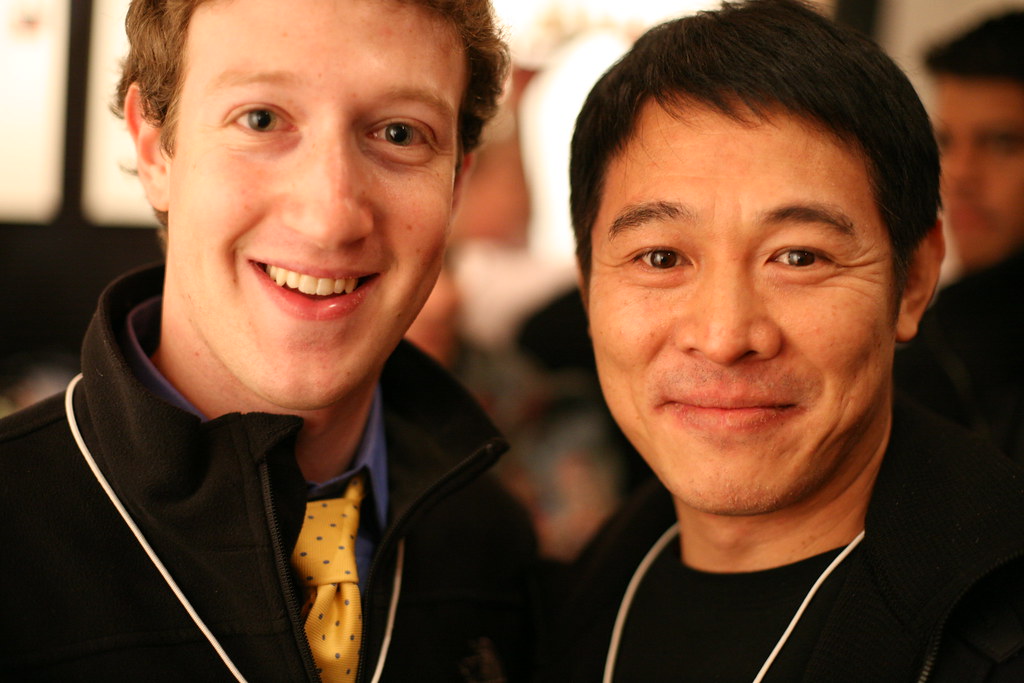
8. **The Surprising Luxury Origin and Cost: An Understated Investment**While Zuckerberg’s gray T-shirt might outwardly suggest simplicity, its origin reveals a surprising intersection of practicality and luxury. His signature tees are not off-the-rack garments but are custom-ordered from Brunello Cucinelli, an esteemed Italian luxury fashion brand. This detail fundamentally recontextualizes the perceived ‘simplicity’ of his wardrobe, highlighting a strategic investment in quality and comfort.
These bespoke T-shirts come with a significant price tag, costing upwards of $300 each, with some models reportedly priced at $595 and even $795. This substantial expenditure on what appears to be a basic item underscores a philosophy of buying fewer, higher-quality pieces that offer superior comfort, durability, and a consistently polished aesthetic, aligning with the “invest in quality” advice from experts.
Brunello Cucinelli, the brand behind these garments, is headquartered in Solomeo, a small, meticulously restored village in Italy’s Umbria region. The company’s founder, also named Brunello Cucinelli, has woven his expansive worldview, drawing on philosophies from Plato and Kant, into the very fabric of his business. He has not only built a successful fashion enterprise but also contributed significantly to the restoration and development of his local community, reflecting a unique social-corporate vision.
Zuckerberg’s patronage of Brunello Cucinelli is particularly intriguing given the public perception of Facebook’s impact on mental health and well-being, which at times contrasts with Cucinelli’s humanistic corporate ethos. This choice might reflect a desire to project an image of understated humility and simplicity, even as his company’s influence expands globally. The understated elegance of the gray T-shirts, despite their cost, subtly communicates a certain level of sophistication and discernment.
Thus, Zuckerberg’s T-shirts are far more than mere garments for personal comfort. They represent a carefully considered investment, acting as a subtle yet powerful statement of his values and aspirations. This choice, whether fully intentional or a byproduct of prioritizing function and quality, adds another layer of complexity to his carefully curated public persona.
Read more about: Steer Clear of the Wallet-Wreckers: Unmasking 15 Problematic Rides That Rack Up Astronomical Repair Bills
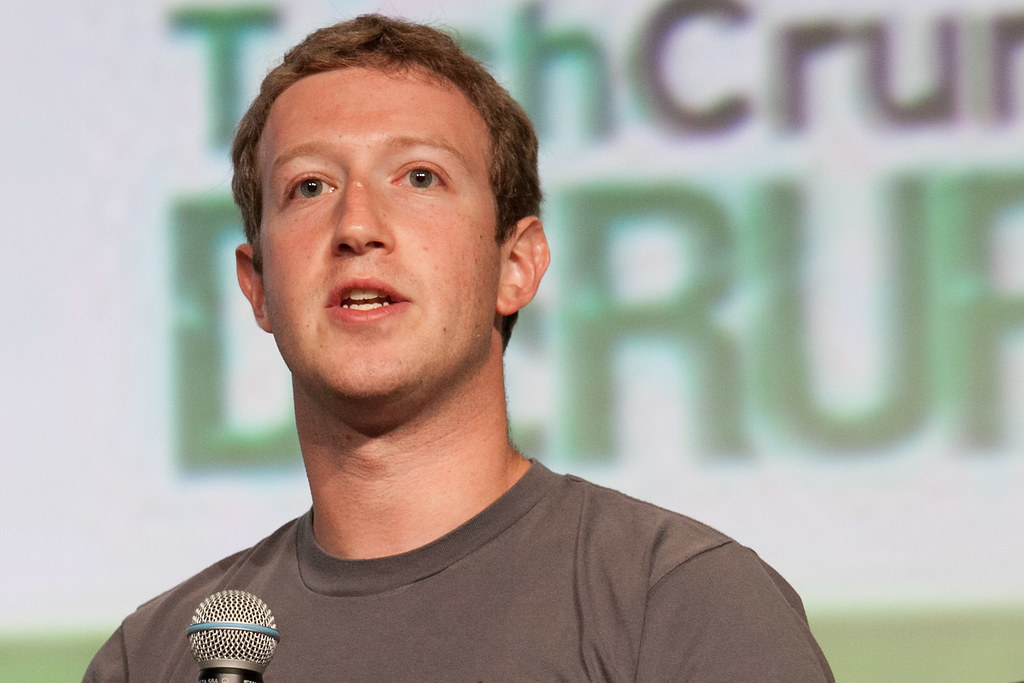
9. **Personal Messages Through Unique Custom Designs: A Wardrobe of Philosophy**In a fascinating evolution of his signature style, Mark Zuckerberg has ventured into clothing design, leveraging his attire to convey deliberate personal messages. Collaborating with Los Angeles-based fashion designer Mike Amiri, Zuckerberg has created a series of custom-made T-shirts that integrate classical sayings in Latin and Greek, transforming his wardrobe into a canvas for his philosophical interests.
These unique garments offer a rare glimpse into Zuckerberg’s intellectual curiosities and personal guiding principles. One notable T-shirt featured the Greek phrase “pathei mathos,” which translates to “learning through suffering.” Zuckerberg openly described this as a “little family saying,” indicating a deep personal resonance with the concept of growth through adversity, a powerful message for a leader in the fast-paced tech world.
Another significant design emerged during a Meta keynote presentation, where Zuckerberg sported a T-shirt with the Latin phrase “aut Zuck, aut nihil.” This phrase is a clever twist on the historical Latin dictum “aut Caesar, aut nihil,” meaning “either a Caesar or nothing.” This choice powerfully underscores Zuckerberg’s well-documented interest in Roman history, an interest so profound that he has even named his children after Roman emperors.
These custom-designed T-shirts transcend typical fashion statements. They serve as direct vehicles for Zuckerberg to communicate his outlook, ambitions, and even his competitive spirit. By drawing parallels between himself and historical figures like Julius Caesar, he reveals a profound drive and a desire for supreme influence. This also positions him as a formidable, even antagonistic, force against more established tech companies, signaling his intent to challenge and redefine the industry landscape.
Through these sartorial choices, Zuckerberg crafts a narrative of intellectual depth and strategic intent, using his clothing not just to avoid decision fatigue but to actively project his worldview. His custom designs are a testament to how even the most seemingly simple aspects of one’s public image can be imbued with profound personal and professional meaning.
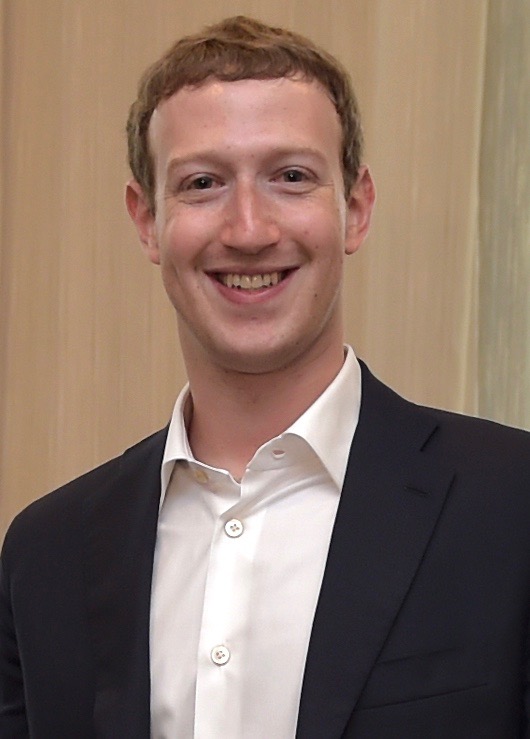
10. **Drawing Inspiration: Leadership, Simplicity, and Lasting Impact**Mark Zuckerberg’s consistent wardrobe, a hallmark of his public image, offers compelling lessons that extend far beyond personal style. Aspiring entrepreneurs and leaders can glean valuable insights by examining how his approach to decision-making, personal branding, and daily routine has contributed to his remarkable success. It underscores that focused leadership often arises from disciplined simplification.
At its core, Zuckerberg’s strategy highlights the paramount importance of focus and simplicity. By consciously minimizing trivial decisions, he channels his mental and emotional energy toward the monumental challenges of leading a global technology empire. This deliberate conservation of cognitive resources is a powerful example of optimizing one’s most valuable assets: attention and time.
His steadfast commitment to this signature look, maintained consistently since his early days in the tech industry, further reinforces the potency of his philosophy. It demonstrates an unwavering dedication to core principles, providing stability and a clear vision in an industry characterized by constant flux. This visible consistency cultivates trust and credibility among employees, stakeholders, and the broader public, cementing his image as a leader of unwavering resolve.
In a world increasingly overwhelmed by choices and distractions, Zuckerberg’s example encourages individuals to critically assess their own routines. Taking a page from his book means considering how one might simplify aspects of daily life, thereby freeing up mental capacity for truly impactful endeavors. It suggests that strategic simplification can be a catalyst for enhanced productivity, reduced stress, and greater clarity in pursuing one’s goals.
Ultimately, Mark Zuckerberg’s gray T-shirt is more than just a piece of clothing; it’s a profound emblem of a strategic mindset. It demonstrates the immense power of intentional choices and the lasting impact of consistency. This philosophy, prioritizing what truly matters over superficial details, serves as a powerful reminder that even the smallest decisions, when made with purpose, can profoundly shape one’s journey toward extraordinary achievements.



